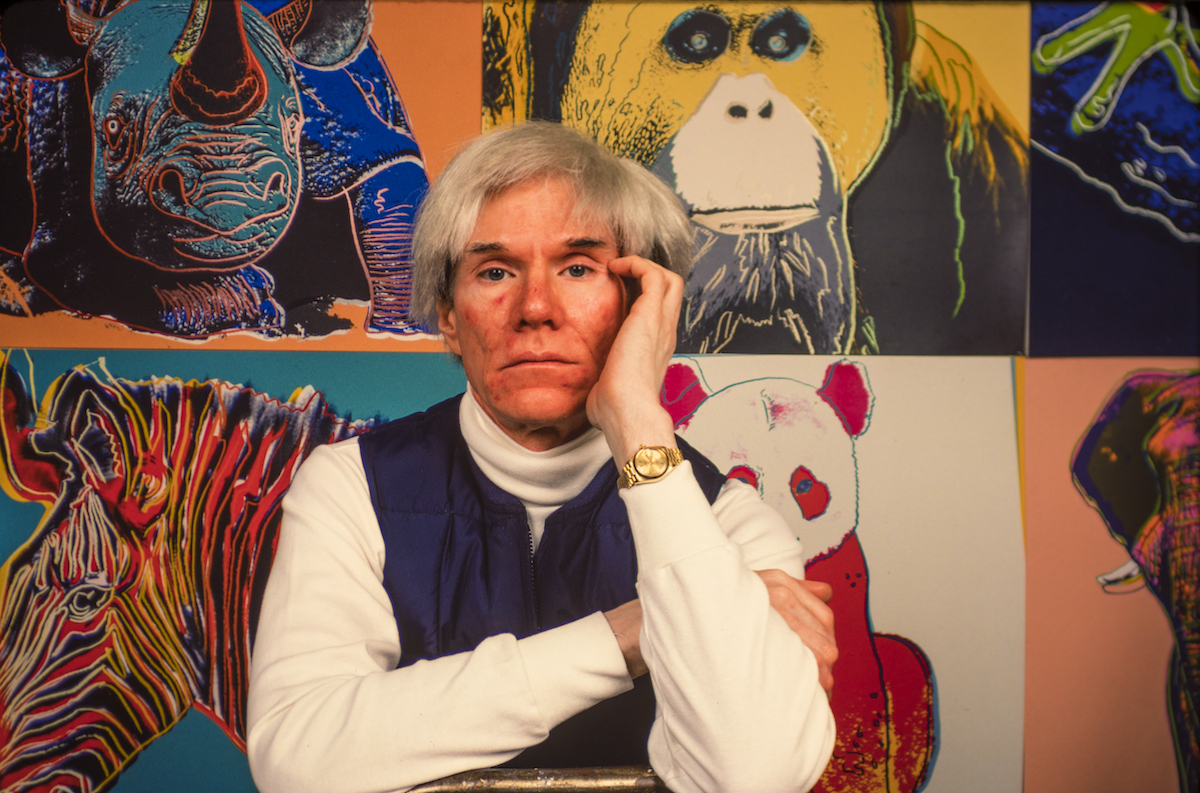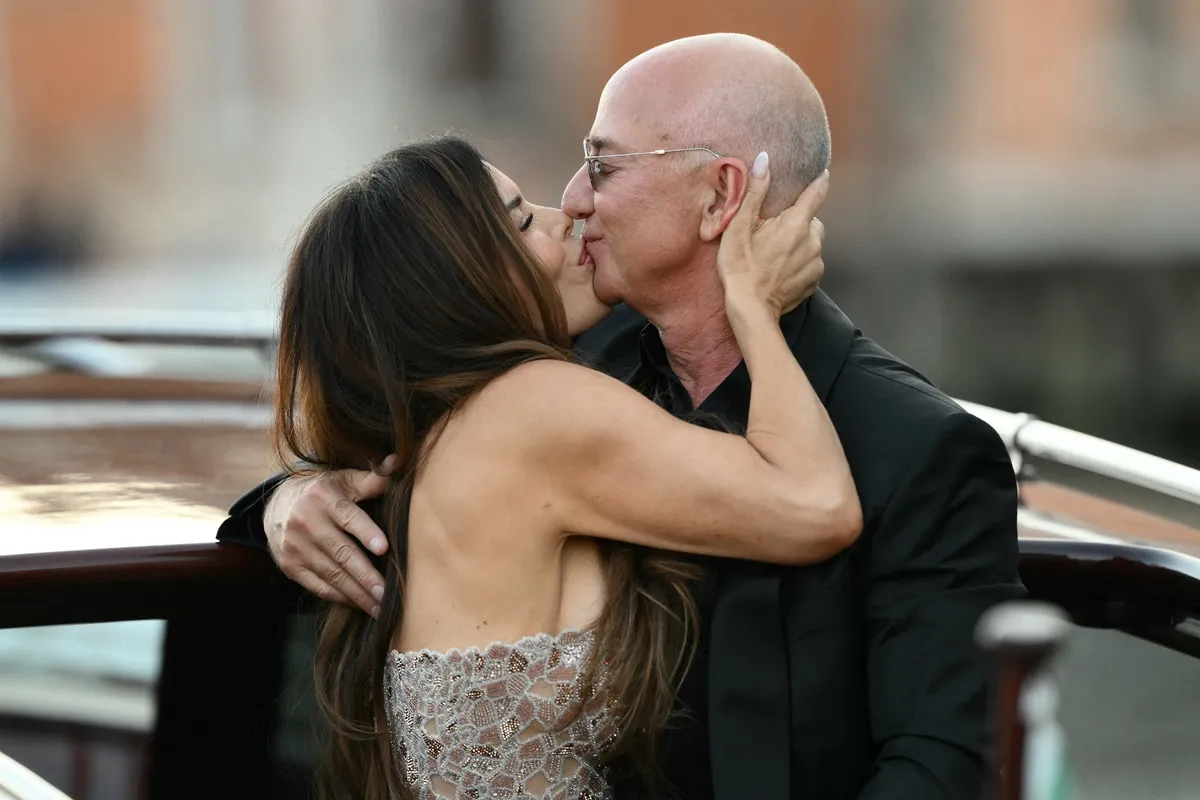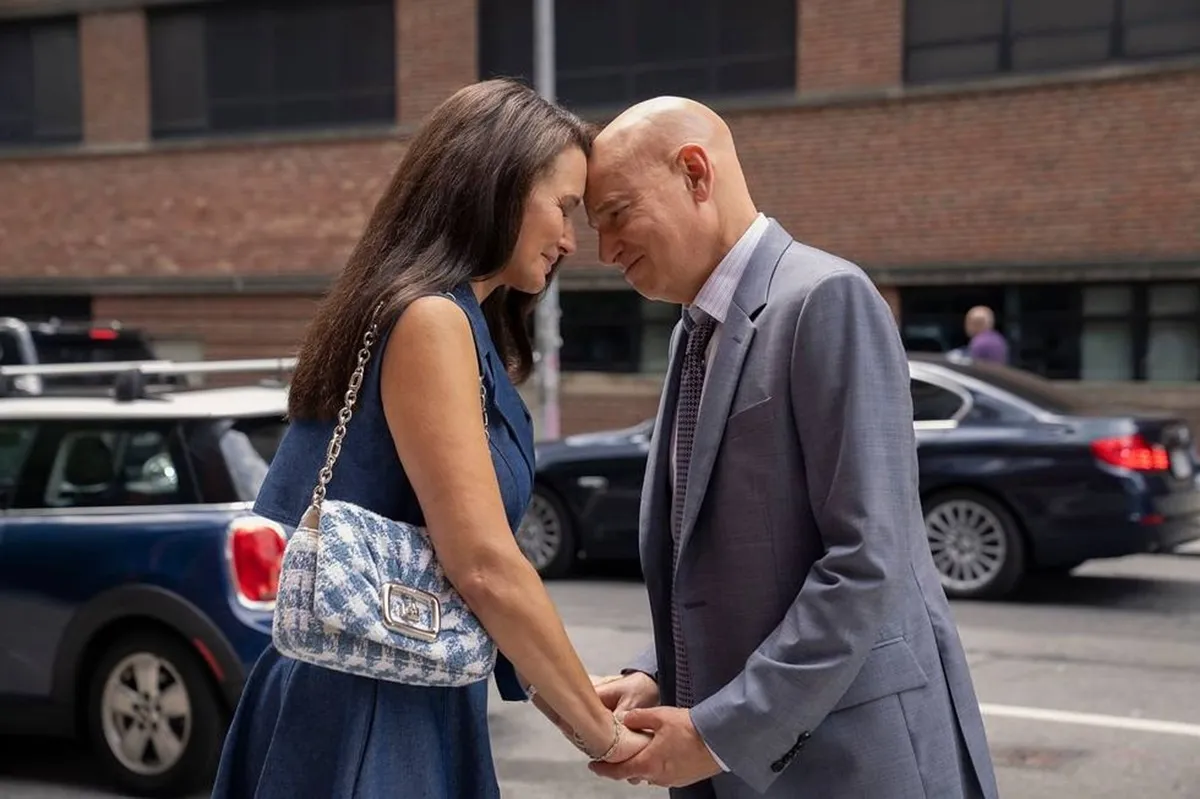‘The Andy Warhol Diaries’: What Was the Artist’s Net Worth at the Time of His Death?
Even for novices of the art world, the work and legacy of Andy Warhol resonate decades after his passing. He was the forebearer of a new genre of artistic expression. But his impact on the world is felt in many creative fields. Warhol contributed to some of the most seminal music of his era; he directed boundary-pushing movies and was a central figure in New York’s creative boom in the ’70s.
Even as Netflix’s The Andy Warhol Diaries sheds new light on the artist’s private life, a sense of mystery prevails in his image.
Andy Warhol was a cultural icon who expanded the definition of art
Warhol explored the concept of consumerism like no artist before him. He was one of the main leaders of the Pop Art movement. The Pittsburgh native used easily recognizable images from pop culture, advertising, and other mass-produced objects as the basis for his paintings and prints.
Was Warhol’s use of mainstream iconography a sincere homage to celebrity culture or an ironic statement on America’s capitalistic tendencies? It was impossible to tell. But the aura he cultivated around himself only made his work more enticing and interesting to fans and critics.
Warhol’s first major work involves the Campbell’s Soup Cans series, as WikiArt reports. But the majority of his biggest pieces were self-portraits, such as Marilyn Diptych, and Che Guevara. The most expensive Warhol painting of all time is Silver Car Crash (Double Disaster), which sold at Sotheby’s for $105.4 million in 2013.
Andy Warhol’s influence in the ’60s and ’70s elevated his net worth

In 1963, Warhol founded The Factory, a studio on 231 East 47th Street. This studio was where he would mass-produce silkscreen prints and other art forms. Warhol also shoots and screened movies at The Factory before premiering them at accommodating nightclubs or porn theaters.
The Factory was also known as the epicenter of NYC cool during its heyday. Visual artists, musicians, Warhol superstars, and other interesting figures could create, discuss ideas, and spend time together. The Factory made it easier for Warhol to collaborate with others. It connected him to bands he eventually created album covers for, such as The Velvet Underground — he was also their first manager — and The Rolling Stones. The scene also helped him meet many of his partners.
Warhol was widely known to be queer. But his persona often portrayed him as asexual. (He claimed in an interview that he was a virgin as late as 1980.) However, retrospective deep-dives, like The Andy Warhol Diaries, make it clear that he was driven by the same passions as most people. Warhol was in a relationship with interior designer Jed Johnson for over a decade. He also had relationships with Paramount Studios executive Jon Gould, performance artist John Giorno, and Warhol superstar Billy Name.
Over the course of Warhol’s life, The Factory had five separate locations. The artist himself had two homes in NYC: 1342 Lexington Avenue and 57 East 66th Street. Warhol worked until the very end of his life, dying after complications from gallbladder surgery in 1987.
The artist’s presence in the culture has only faded slightly in the years since his death. According to Celebrity Net Worth, his catalog is worth $220 million. Clearly, Warhol’s 15 minutes of fame haven’t ended.
How did Warhol become an artist?
Born Andrew Warhola Jr., he grew up in Pittsburgh, Pennsylvania with his parents, who were immigrants from modern-day Slovakia, according to the New York Times.
Warhol became afflicted with St. Vitus’ dance, also known as Sydenham’s chorea, in third grade. The nervous system disorder causes involuntary movements and is believed to be a complication of scarlet fever. As a result, he was stuck in bed for long stretches of time and missed a lot of school. Warhol used this time to begin honing his artistic instincts. He listened to the radio and collected pictures of movie stars.
After winning a Scholastic Art and Writing Award in high school, he became the first person in his family to go to college. Warhol studied pictorial design at the Carnegie Institute of Technology, now known as Carnegie Melon University.
Post-graduation, Warhol moved to New York and found work as an illustrator for magazines like Vogue, Harper’s Bazaar, and The New Yorker. He also did advertising and window displays for retail stores. In the ’50s, Warhola shortened his last name to what we know today, and he began putting on his own solo exhibitions in the first half of the decade.


